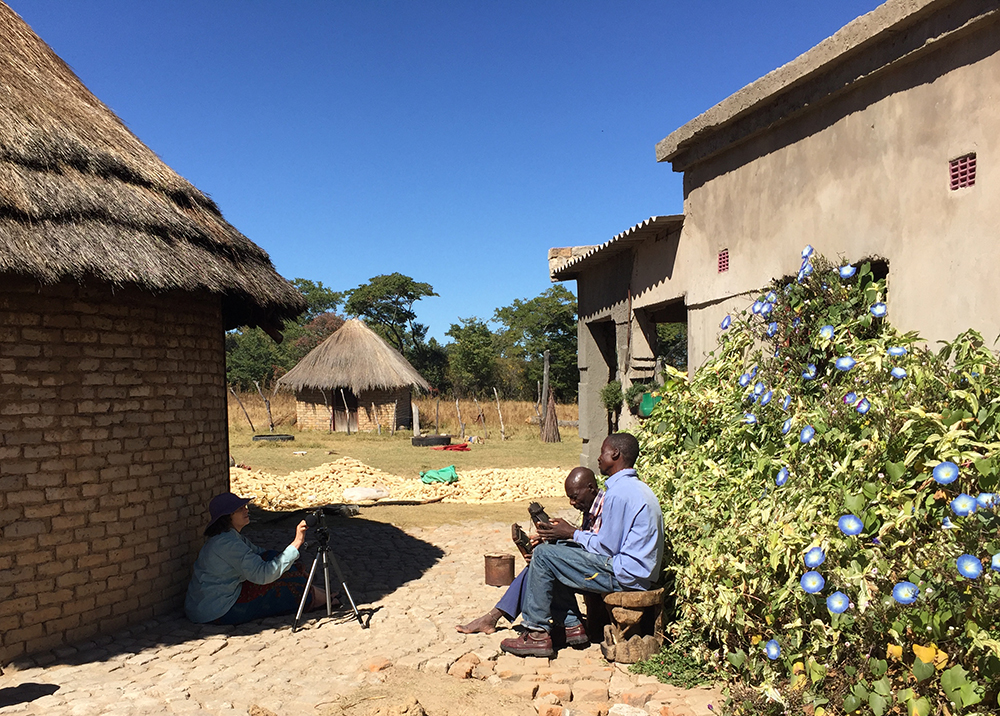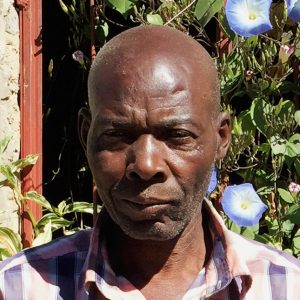Introduction
Dzongodza Taonezvi is a very traditional mbira player who carries on the mbira legacy of his grandfather of the same name.
Recordings Available From MBIRA
Use the links and listen to samples of Dzongodza Taonezvi’s albums.
Video
Biography
(based on an interview and biography by Denver Banda in 2004, edited by Erica Azim)
Family Background
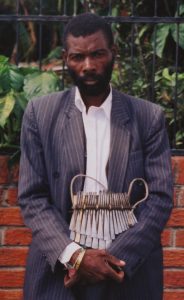
Dzongodza Taonezvi was born in 1953 to the Nyandoro clan (Nyandoro-Marondera Nhari), who he says are the people that brought mbira music to the Zimbabwean plateau. He is proud of this connection with the “fathers of mbira”.
Early Mbira Experiences
The year 1962 was full of mystery and wonder for 8-year old Taonezvi, as he started to have dreams in which his grandfather was teaching him how to play mbira. His grandfather’s name was also Dzongodza, thus their connection was not considered a coincidence. The song that Dzongodza remembers being taught by the spirit of his grandfather was Serevende raNyamaropa.
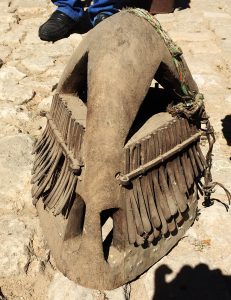
The morning after the first dream, Dzongodza’s father took the culturally necessary next steps because the dream fulfilled the family prophecy that Dzongodza would be a great mbira player. Dzongodza was given an mbira that had belonged to his grandfather and he immediately began playing it.
Playing Mbira at Ceremonies
In 1963, young Taonezvi played at his first bira ceremony at the banya raMbuya Nyandoro (hut for ceremonies of the female Nyandoro spirit). He played together with Mukucha-Murevanhema, an elderly mbira virtuoso. After this bira, Dzongodza had more dreams of mbira pieces and his grandfather’s spirit showing him more variations to the pieces.
School and Work Experiences
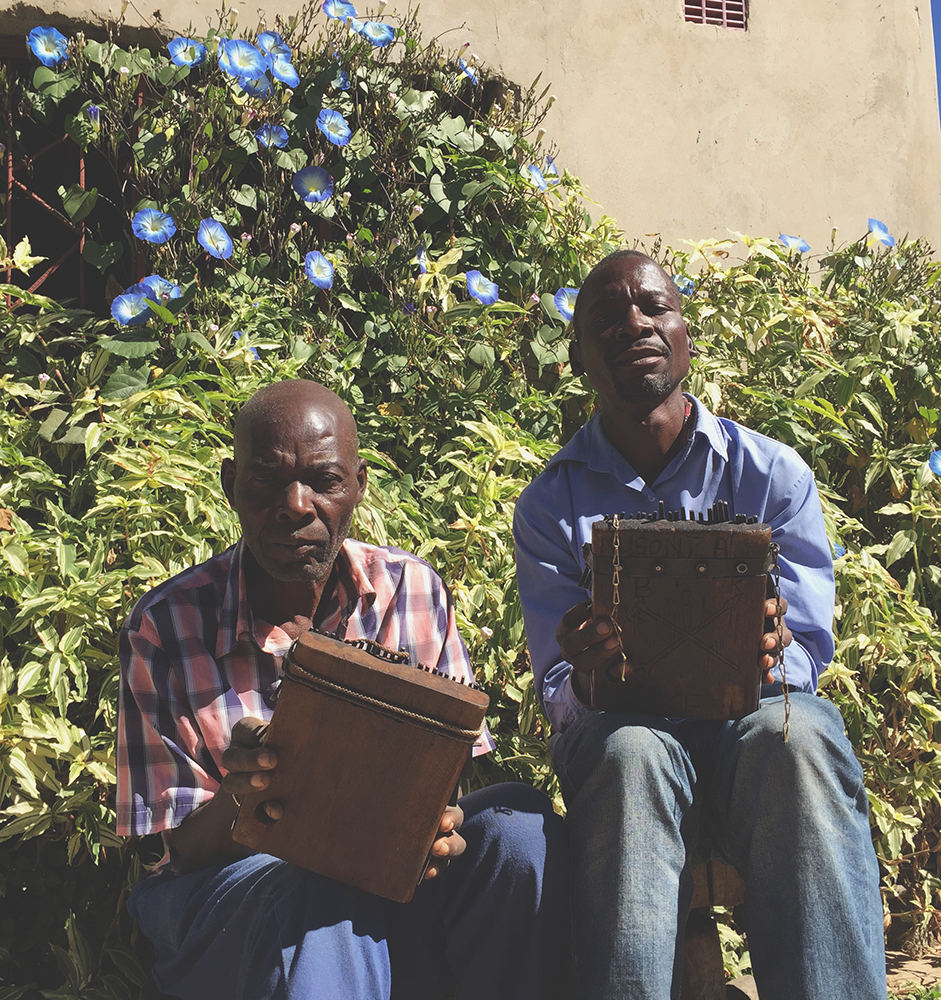
Dzongodza attended the Catholic Makumbi Mission School, which was a somewhat tolerant of Shona tradition. He says there was mixing of both African and Christian ideologies.
Taonezvi worked at Kadoma Textiles from 1975 to 1978, then went on to work for the Dairy Marketing Board. These jobs were not good for him and he went back to his rural home to pursue a life of farming and mbira playing.
Tradition and Playing Mbira at Nyandoro Banya
Taonezvi is one of the few privileged to play mbira at the banya (large hut for ceremonies) of Nyandoro. He says the secret to his continued success there is that he only plays the original mbira pieces/styles and doesn’t ever play the new genre of mbira that is neo-traditional.
“It’s like oil and water, they never mix. If you do mix them (new and old styles) they will never look or feel the same, as purity of the song has to be maintained. The music isn’t for fun and some people don’t understand the required cultural ethics. Those guys who are paying mbira using unorthodox styles are going against the laws (of the ancestral spirits). They need to understand history and not to despise the old ways.”
The code of conduct that Taonezvi follows is that one has to know the history of mbira in the culture. and its purpose and meaning.
Making Mbiras and Mbira Tuning
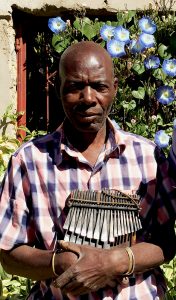
Years ago, Taonezvi began to make mbiras based on instructions from his grandfather’s spirit. He has also made mbiras together with Samson Bvure.
He calls the tuning he plays “Samsengere Nyuchi”, and says it is the tuning played at the Nyandoro banya.
Singing with Mbira
Dzongodza Taonezvi aims his singing to a variety of listeners. He sings certain lyrics for people who know deep Shona history. He sings one way for those who know the ancestors and another way for those who don’t know mbira traditions at all. He says he does this so that listeners’ levels of understanding will not be mixed, and that this protects the purity of his singing.
The Next Generation
Taonezvi is married and has 7 children. Two of his sons learned to play mbira and build mbiras. However, he didn’t allow his 3 daughters to touch his mbira.
